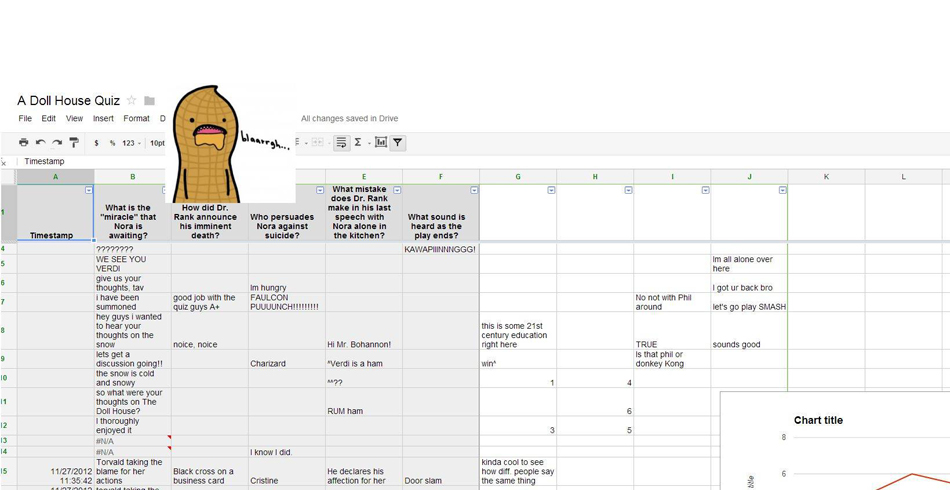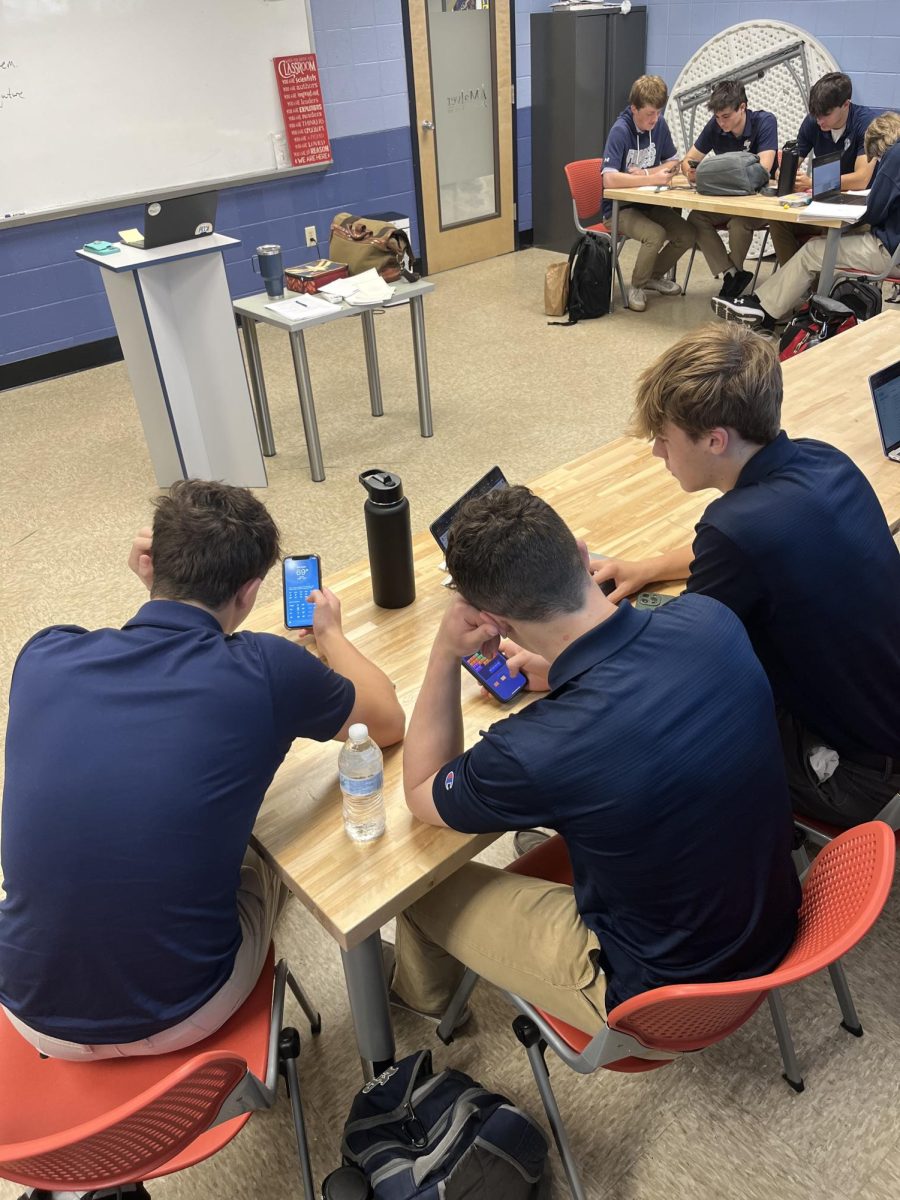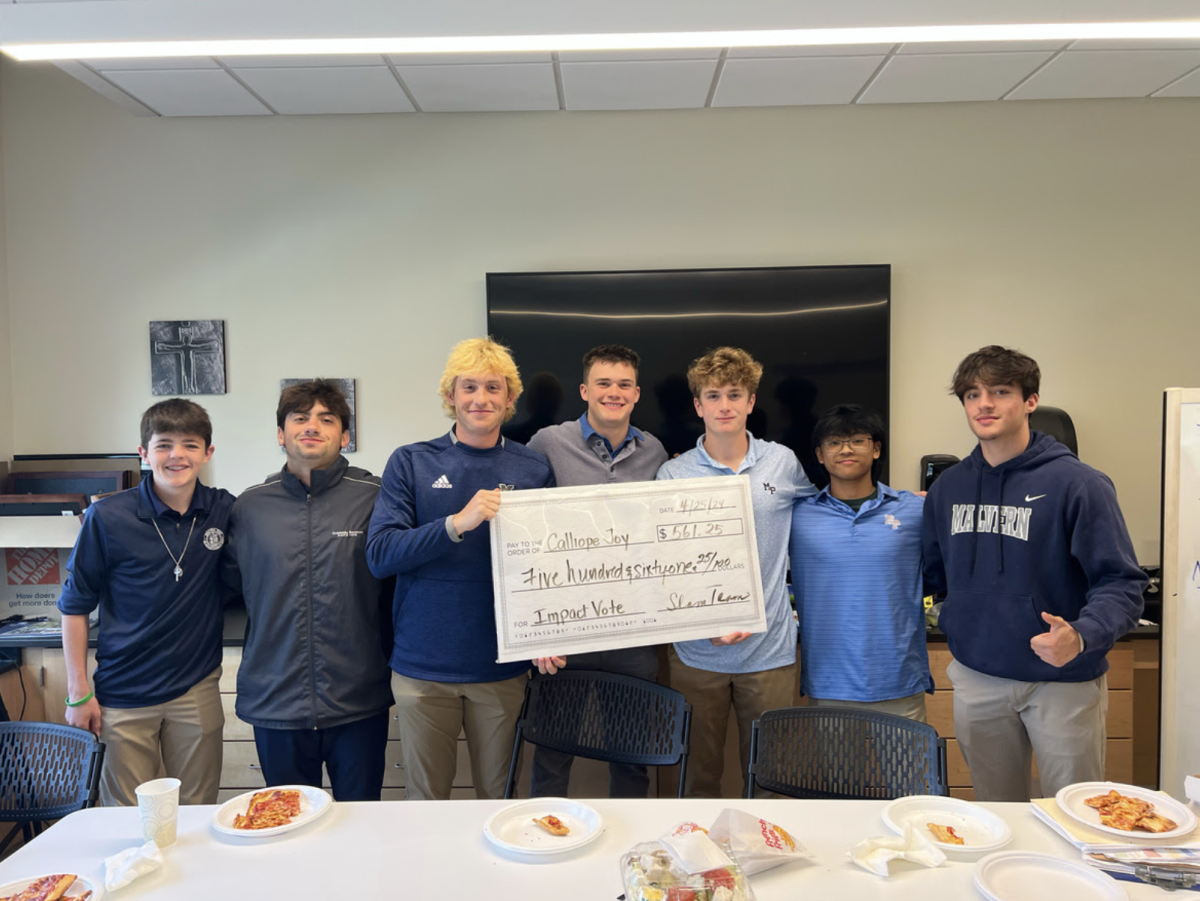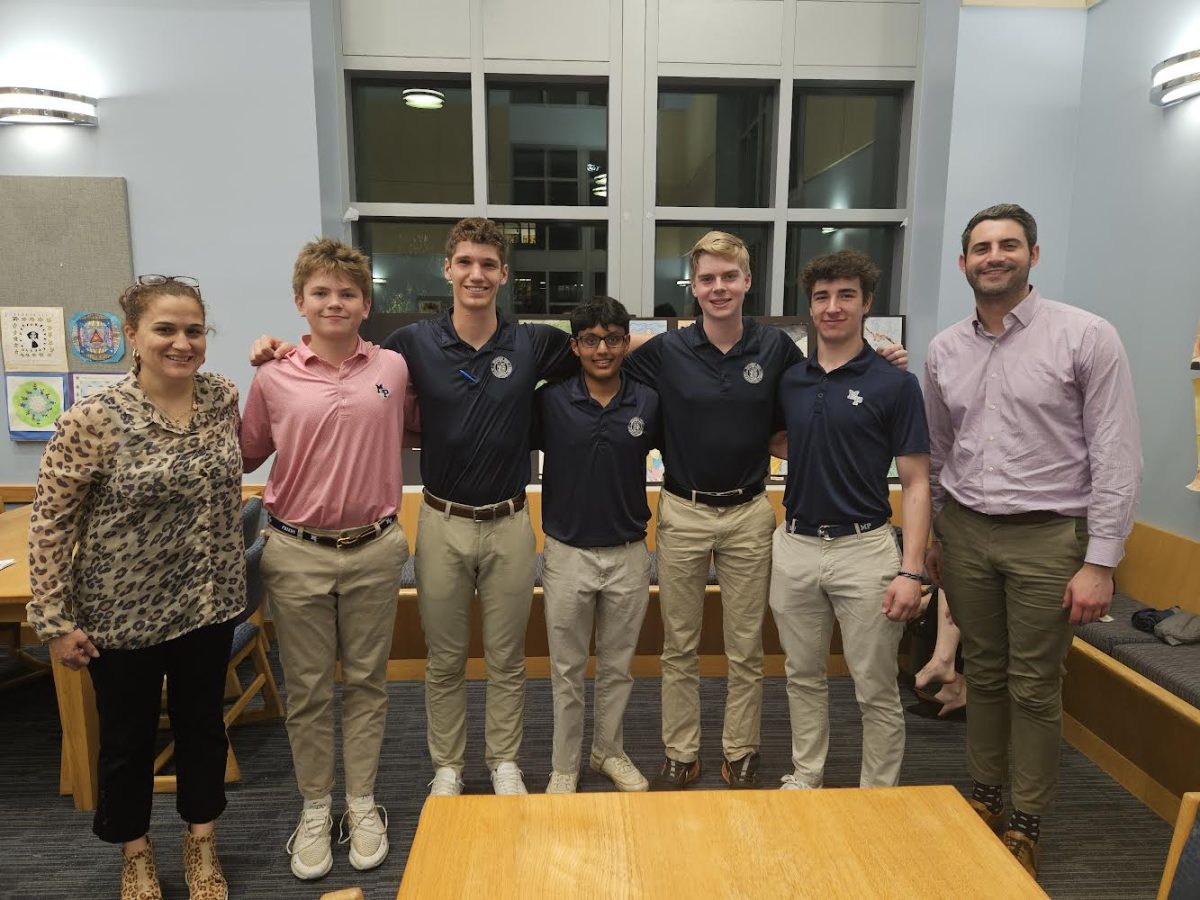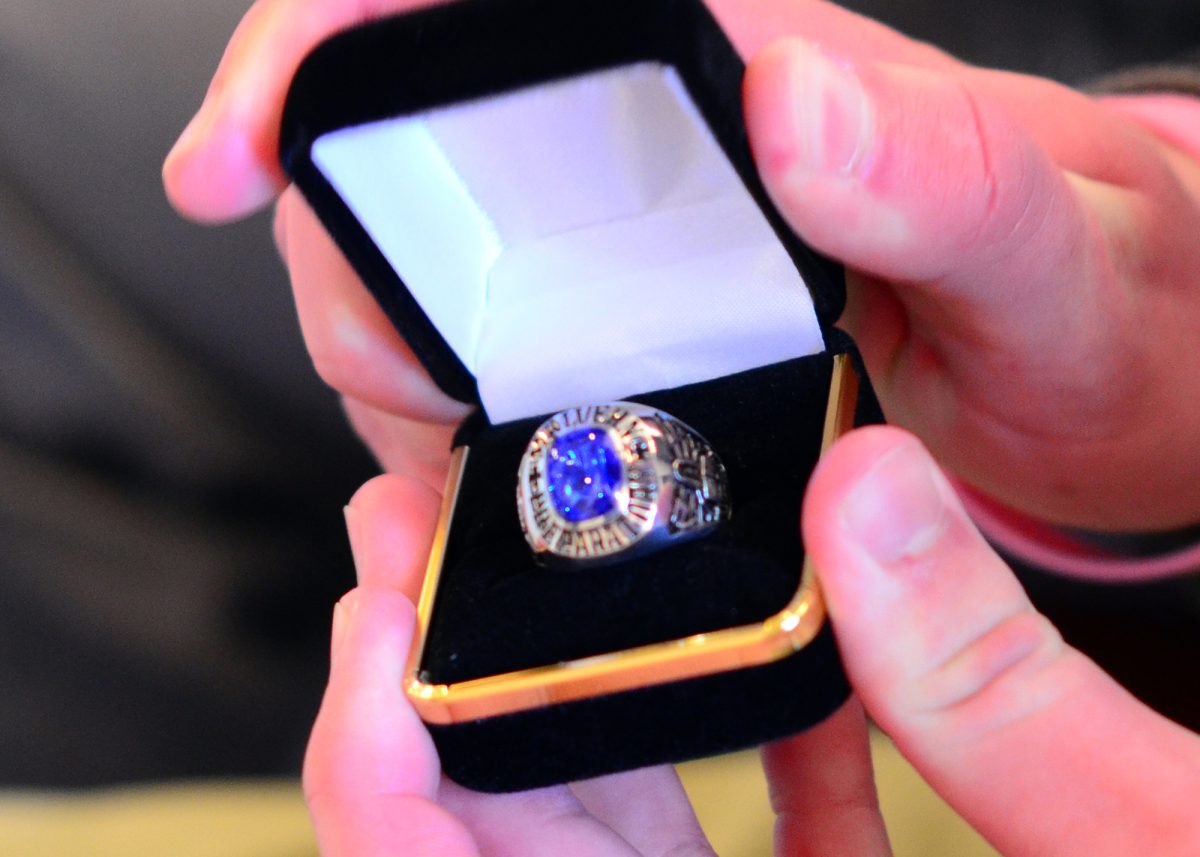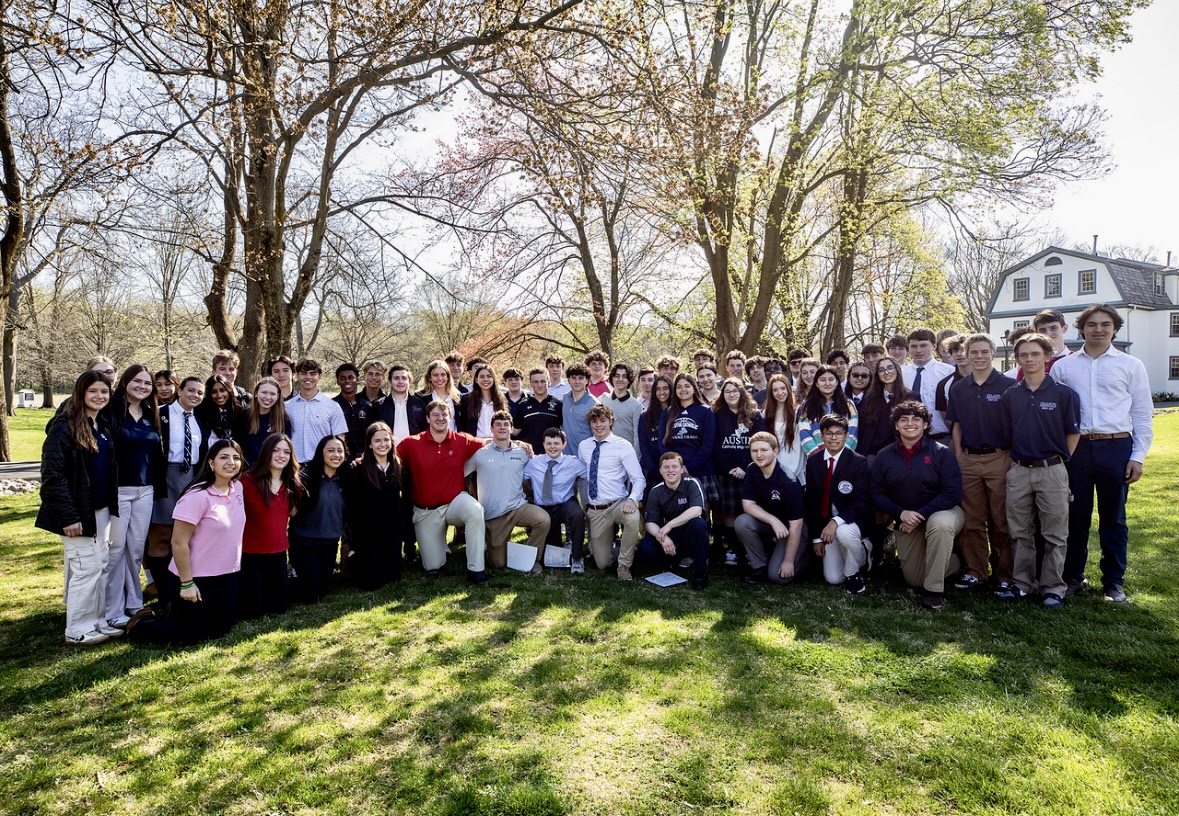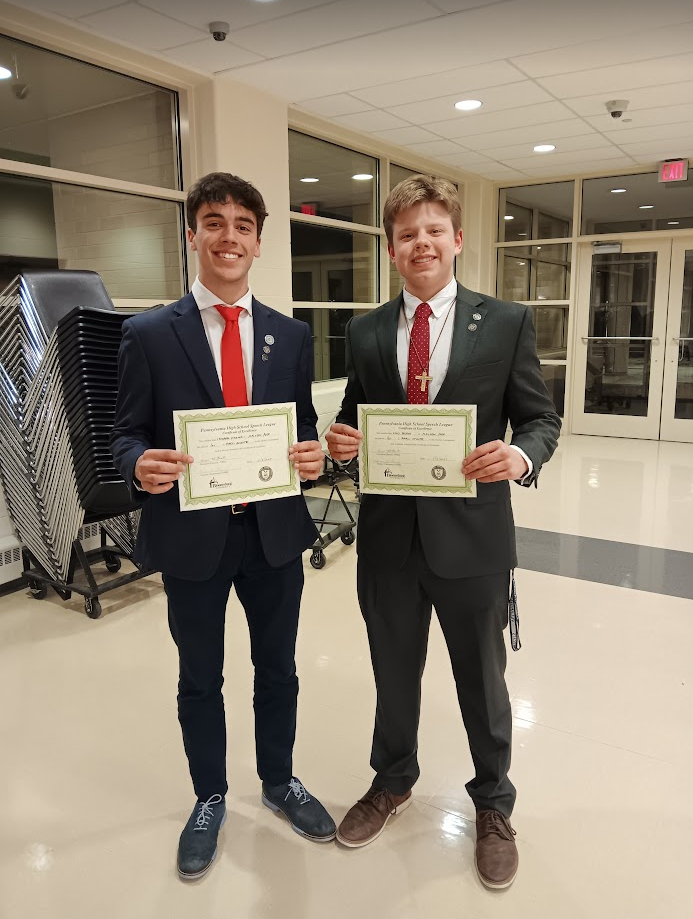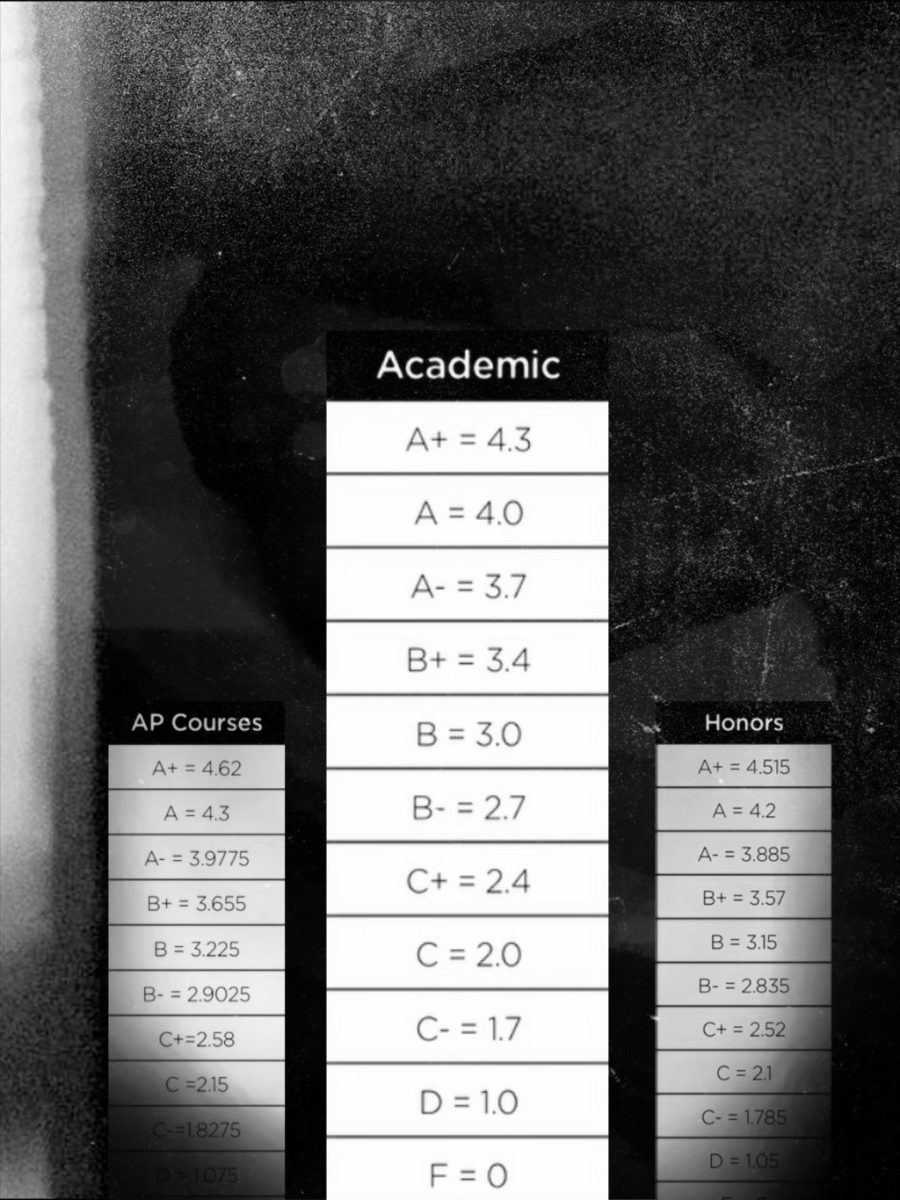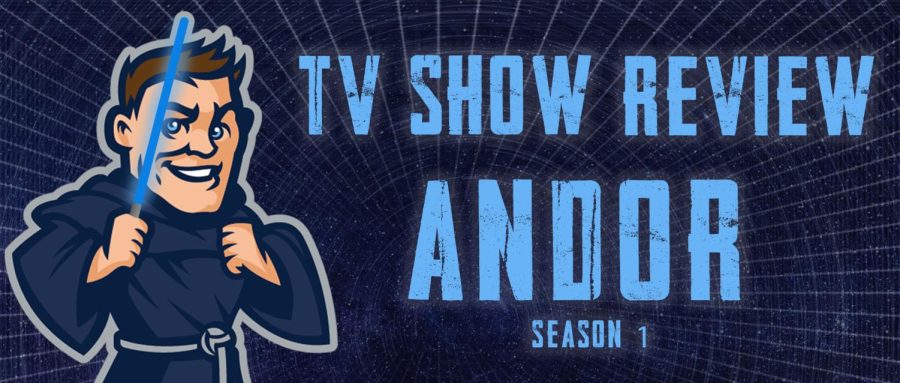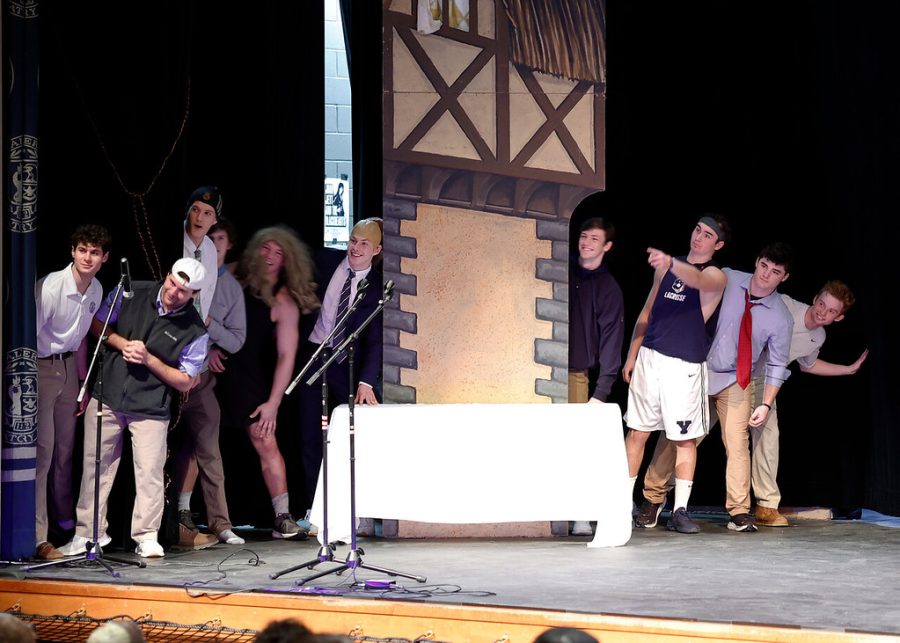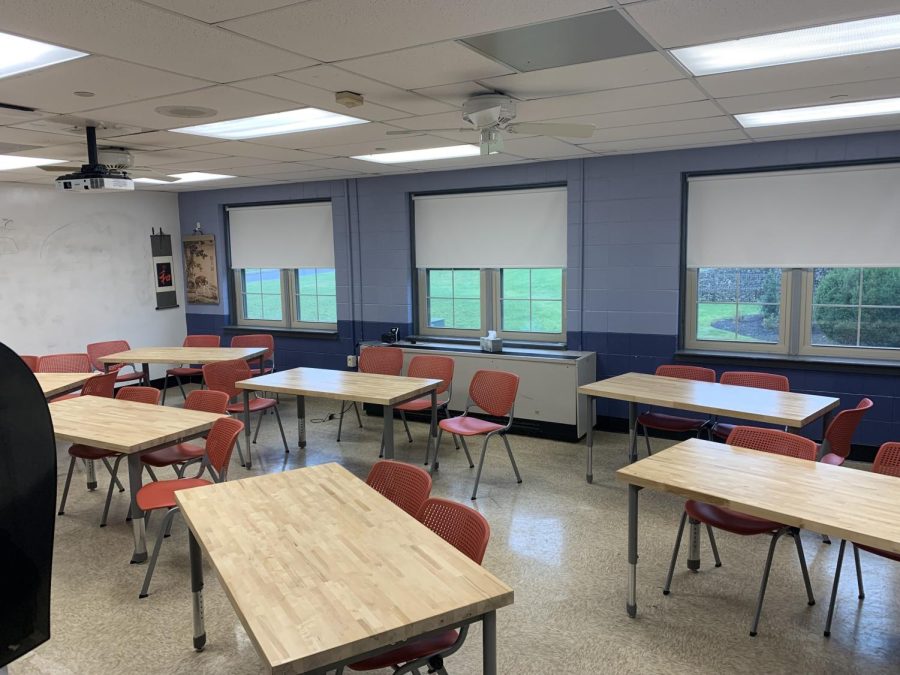By Dylan McParland (’13) / Read Mr. Talbot’s Response
We are living in an era of constant change. Technological developments over the past four decades have been revolutionizing the way the world works and enabling us to work globally. As a school, it would be catastrophically irresponsible for us to fail to acknowledge this brave new world. It is necessary that we re-examine ourselves and the ways in which education has changed. However, we must be tempered by the knowledge that the fundamental nature of society has not changed. Bankers still bank, writers still write, and students still learn. What we do has not changed. How we do it has.
I had the pleasure of speaking with several members of the Malvern community for feedback on the direction in which Malvern has been moving in these past few months. I first spoke with Mr. Roper about the goals and methods of education. He expressed the opinion that while we are constantly evaluating how we do things and how we can do them well, the goals of education have not changed– the abilities to read, to write, to speak, to gather information, and to communicate information. More centrally, the goal is to develop good people. Technology does not change any of these goals. It merely changes the methods by which we meet them.
Mr. Mundy has been creating mathematical tutorial videos to help his students learn outside of class and he has seen a definite benefit in doing so. Although he claimed that only half of his students actually use the videos, they have freed up class time for more concepts and less repetitive practice. Mr. Mundy expressed the opinion that more refinement is still needed, but that with feedback from the students he would be able to make those refinements in time. The biggest obstacle, he declared, was that the culture of student-centric learning does not yet exist; in this learning system, a greater burden is placed on the student to engage with the course.
Mr. Talbot was also kind enough to provide some insight, although I was sadly unable to get any comment on the sodas. Mr. Talbot expressed the opinion that we must change our methods and implementations so that our goals and principles may remain the same. He then enumerated the core principles of his vision for “21st Century” education: Connections, Collaboration, and Creation. The use of technology has facilitated these things and lowered the barriers that once held us back, but a shift in behavior is needed to complete the change. On this front, we have been making good progress thus far, though we are still in an experimental phase and have far to go yet. We are also dependent upon the rest of the educational system changing as well, as no amount of “21st Century” will be much help on a decidedly “20th Century” standardized test.
This leap is the greatest obstacle to this new educational paradigm. Other obstacles, such as the difficulty of implementation or the uncertainty of the transitional phase, are but transient hurdles. They may embarrass and fail us now, but in time, this will pass. However, if in our idealism and hunger for change we fail to align ourselves with society, we will find that Malvern is producing intelligent and thoughtful men without an economical skillset. We must be careful not to overstep prudence, as students will be measured by the metrics of the world and those metrics are no different than they were in the past.
Keeping up with the times is wise. Changing for the sake of change is not. Before anything else, we must be certain which of these we are doing.


